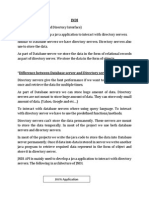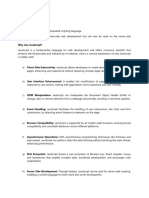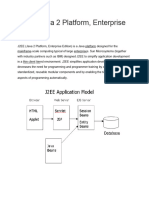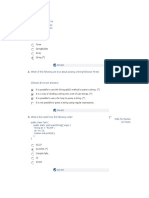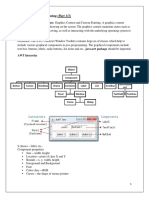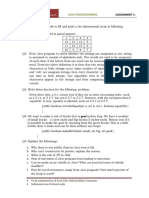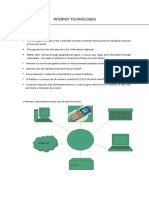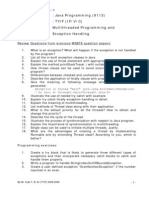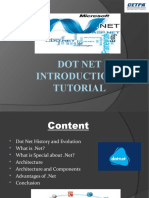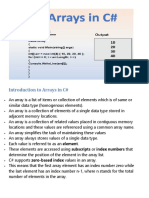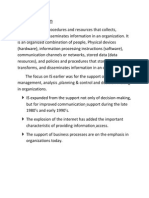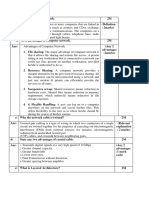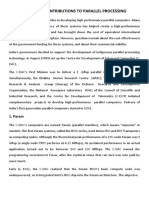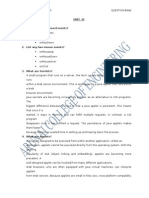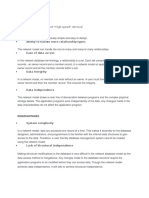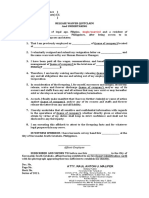0% found this document useful (0 votes)
189 views3 pagesNetwork Model: A Flexible Database Approach
The network model extends the hierarchical structure by allowing many-to-many relationships through a tree-like structure with multiple parents. It represents data through records with fields and handles relationships through nodes and arcs. The network model can represent redundancy more efficiently than hierarchies and allows multiple paths between nodes. Operations are maintained through indexed linked lists that navigate between related records. The model depicts complex relationships like an agent representing clients and entertainers with engagements and payments.
Uploaded by
2002746.it.cecCopyright
© © All Rights Reserved
We take content rights seriously. If you suspect this is your content, claim it here.
Available Formats
Download as DOCX, PDF, TXT or read online on Scribd
0% found this document useful (0 votes)
189 views3 pagesNetwork Model: A Flexible Database Approach
The network model extends the hierarchical structure by allowing many-to-many relationships through a tree-like structure with multiple parents. It represents data through records with fields and handles relationships through nodes and arcs. The network model can represent redundancy more efficiently than hierarchies and allows multiple paths between nodes. Operations are maintained through indexed linked lists that navigate between related records. The model depicts complex relationships like an agent representing clients and entertainers with engagements and payments.
Uploaded by
2002746.it.cecCopyright
© © All Rights Reserved
We take content rights seriously. If you suspect this is your content, claim it here.
Available Formats
Download as DOCX, PDF, TXT or read online on Scribd
/ 3

